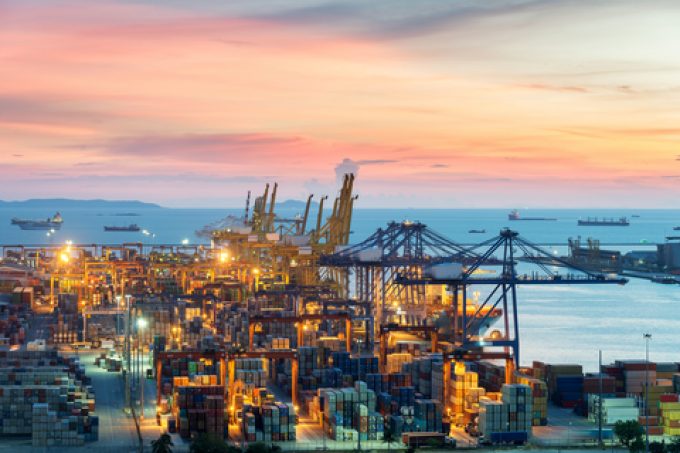Transpacific rates ease as capacity boost proves too much for trades to digest
Transpacific rates, specifically for US West Coast-bound cargo, are at last showing signs of correction ...

Volume shippers offered new long-term fixed-rate contracts by container lines are, nevertheless, still keen to keep a foot in the door of the spot market.
The extreme volatility of the spot market saw many shippers get their fingers badly burned over the past 18 months as ...

Comment on this article
Gary Ferrulli
January 07, 2022 at 4:55 pmWhat some shippers are hoping for is a return to contract rates being the highest that they pay, spot rates below those a good deal of the time. Not that long ago that spot rates were negative due to fuel surcharges being fixed. Considering the evolution of carriers managing capacity to market sizes going back nearly 3 years, the apparent acceptance of rates at levels never before thought of in the past 20 months, is that “hope” realistic?